All around Rome and its region, Lazio, these four recipes are available, and while they are available throughout Italy, they are traditional to Rome. They're all related, and you can think of them as descendants of the simple and venerable Cacio e Pepe.
Here they are, with links to the recipes:

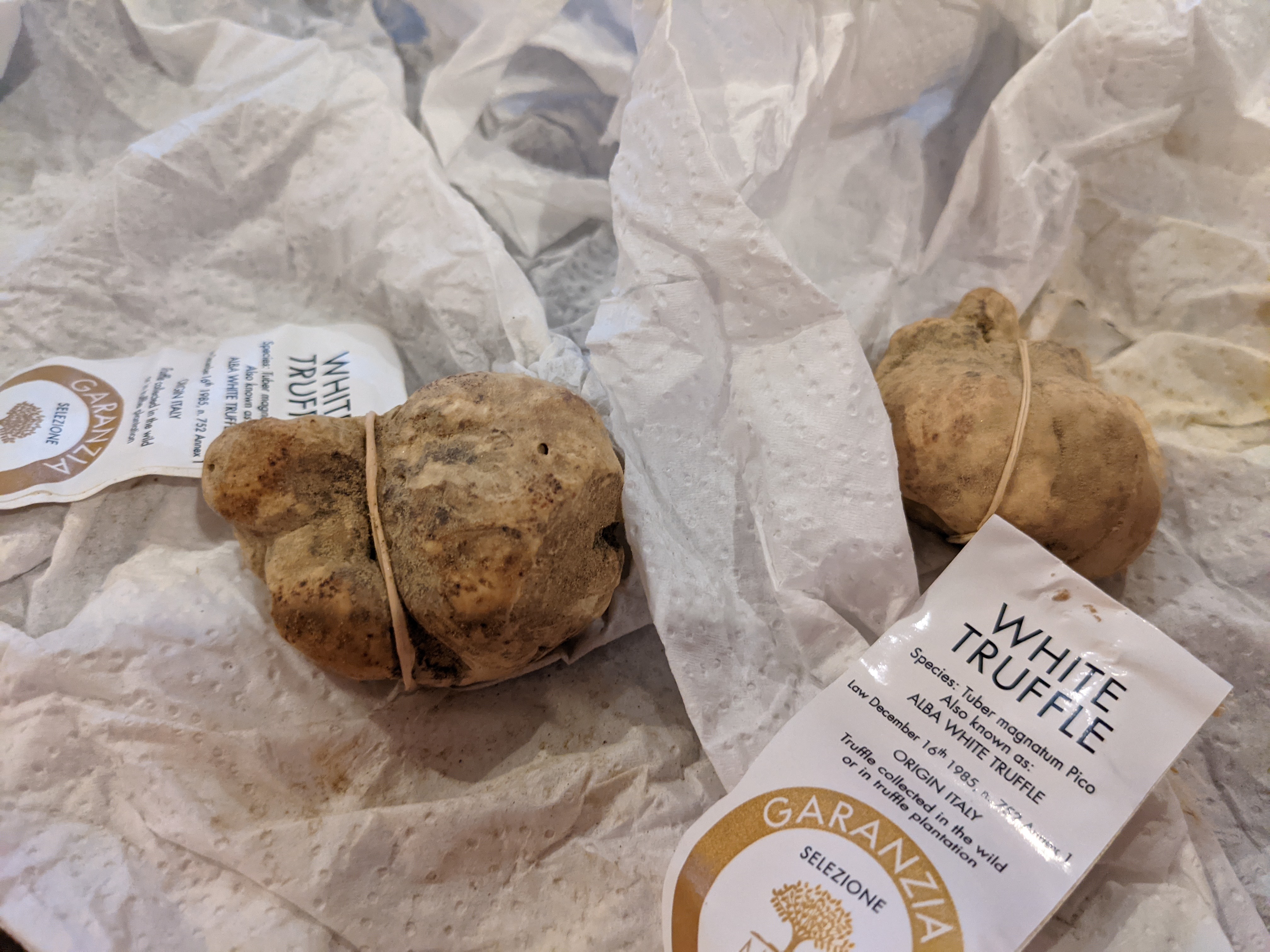 White truffles, Tuber magnatum, are even more expensive than black truffles, and they are used differently. They are seen more in northern Italian cuisine than anywhere else. The two you see here, one ounce each, cost $590 in November 2021!
White truffles, Tuber magnatum, are even more expensive than black truffles, and they are used differently. They are seen more in northern Italian cuisine than anywhere else. The two you see here, one ounce each, cost $590 in November 2021!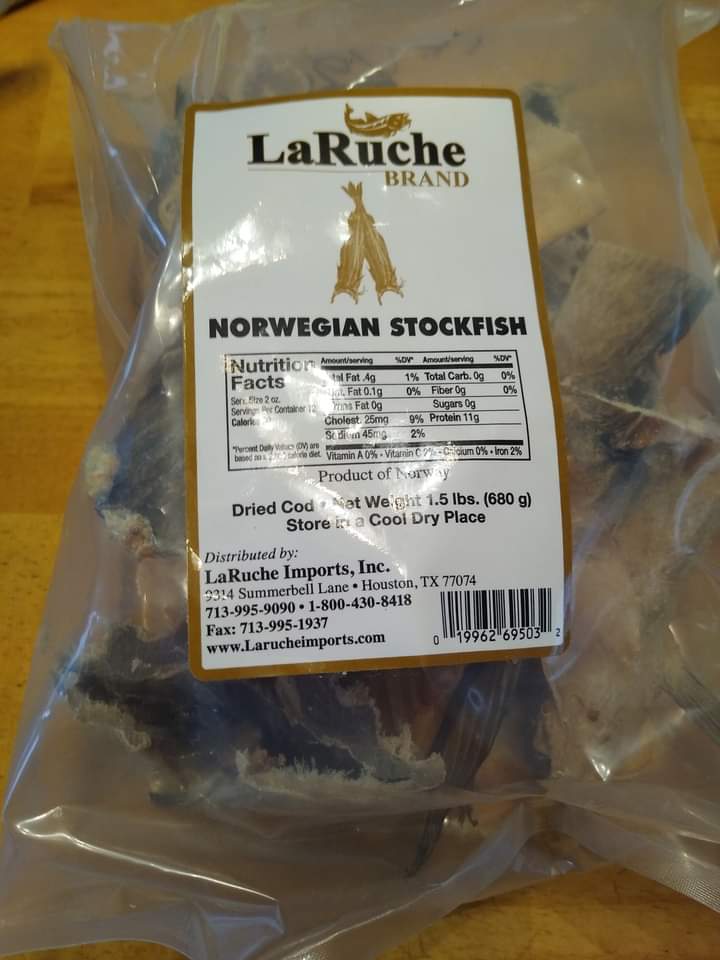 Cod is consumed all over Italy even though it is not caught in Italian waters. Stockfish is North Atlantic Cod caught and dried in Norway; it has been part of Italian cuisine for centuries since it was brought by Norman conquerors a thousand years ago.
Cod is consumed all over Italy even though it is not caught in Italian waters. Stockfish is North Atlantic Cod caught and dried in Norway; it has been part of Italian cuisine for centuries since it was brought by Norman conquerors a thousand years ago.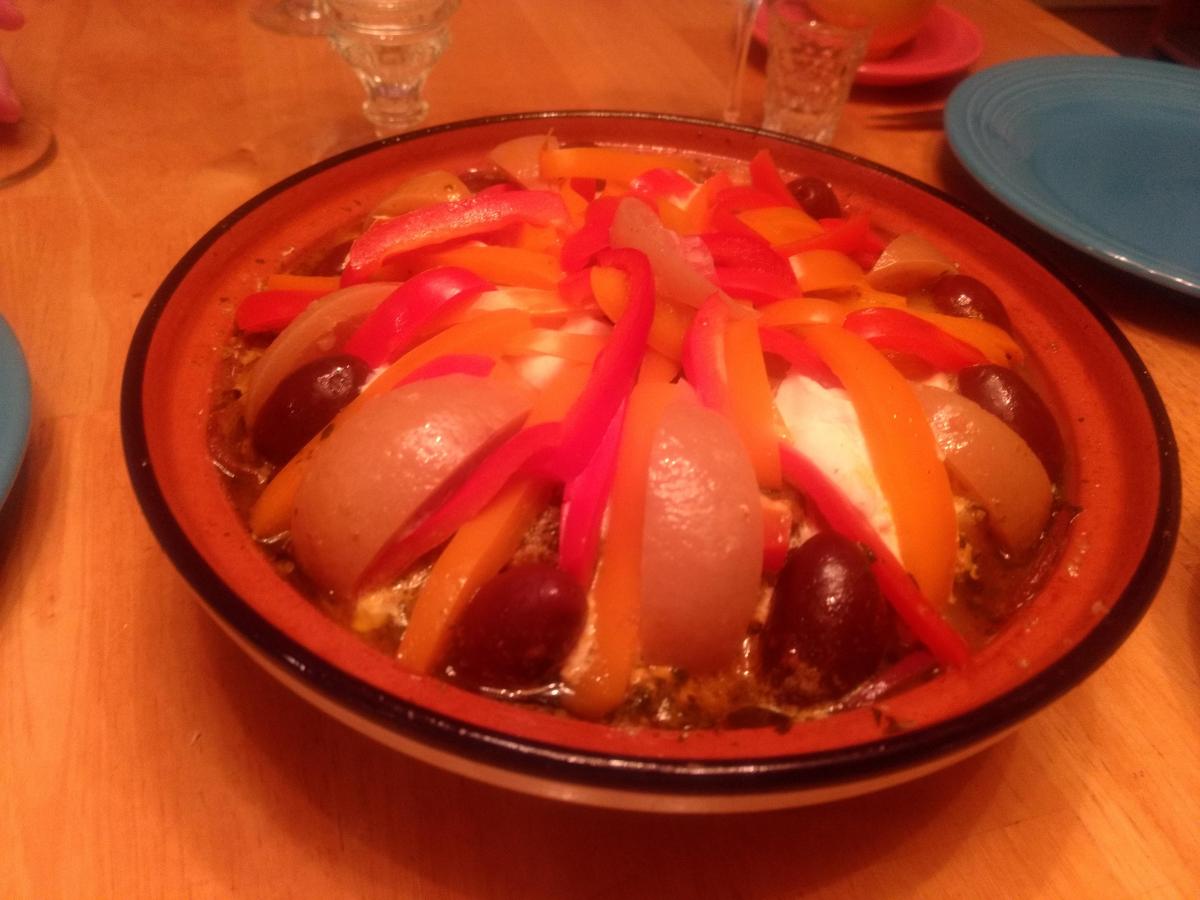
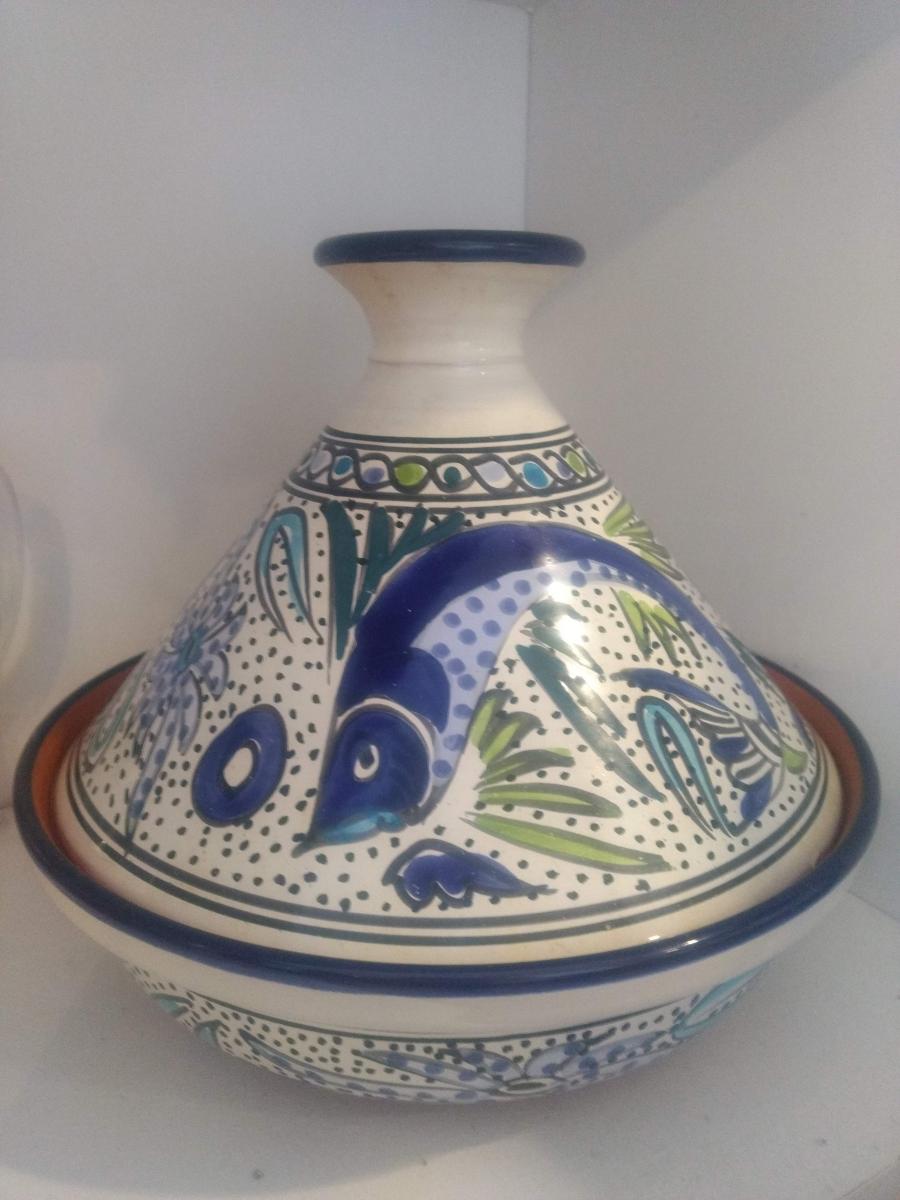

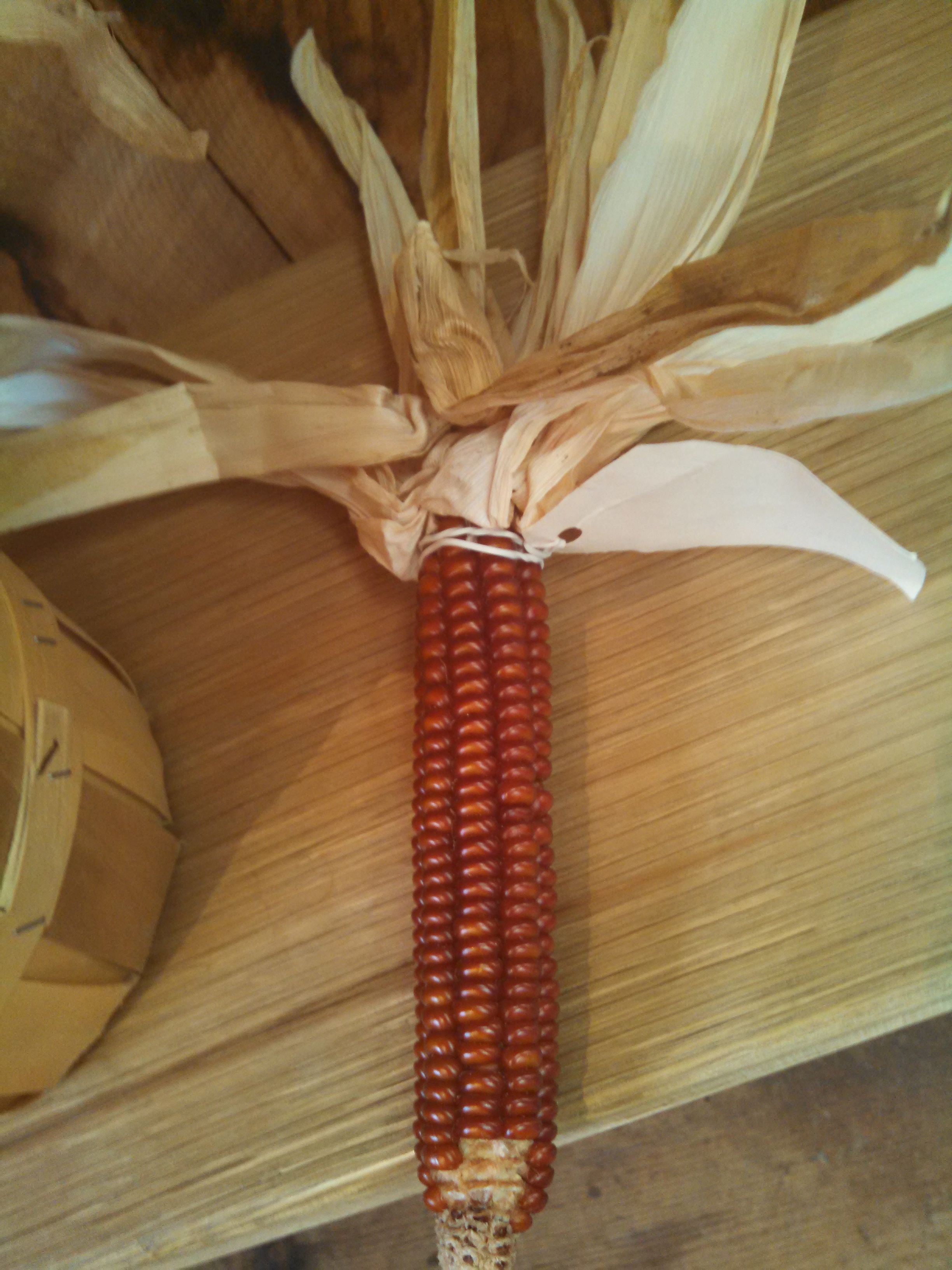

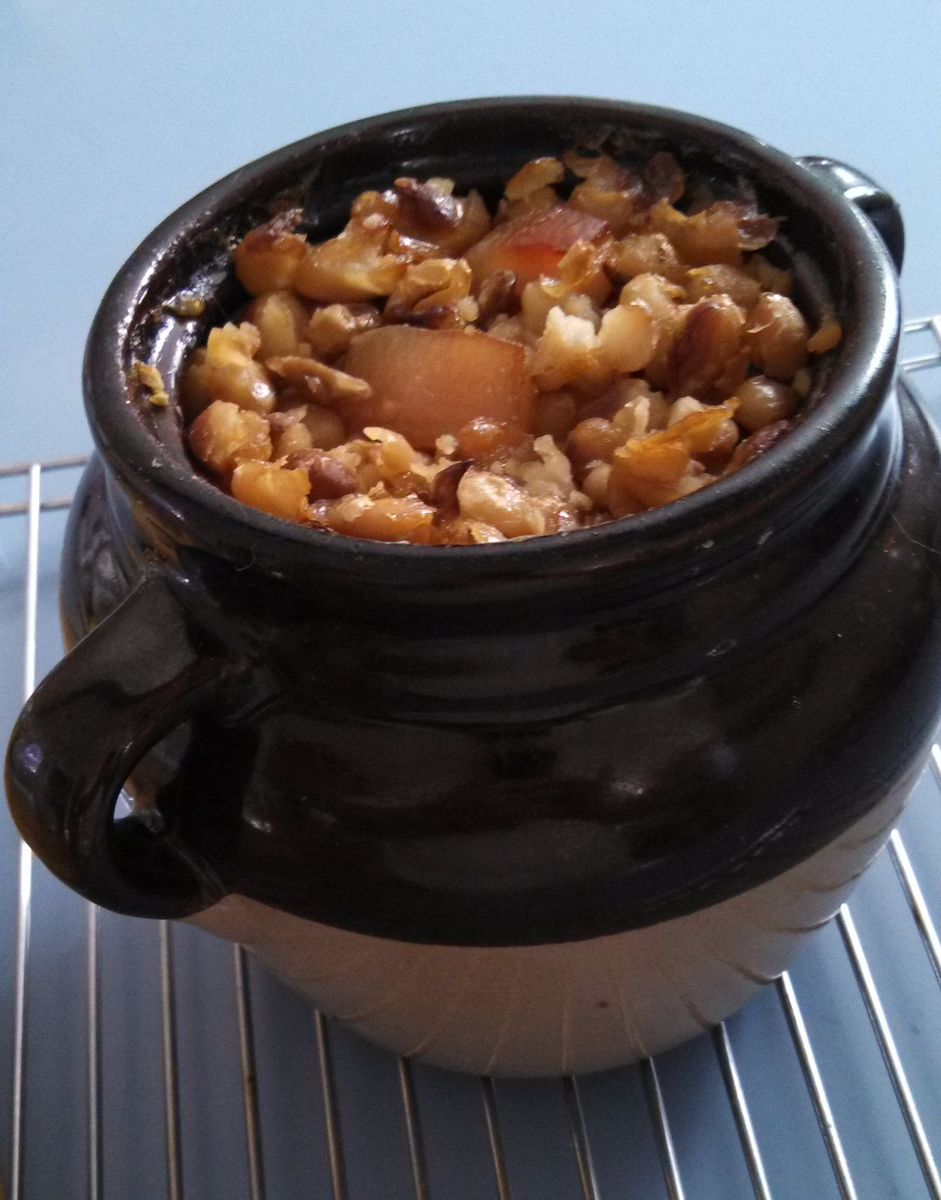
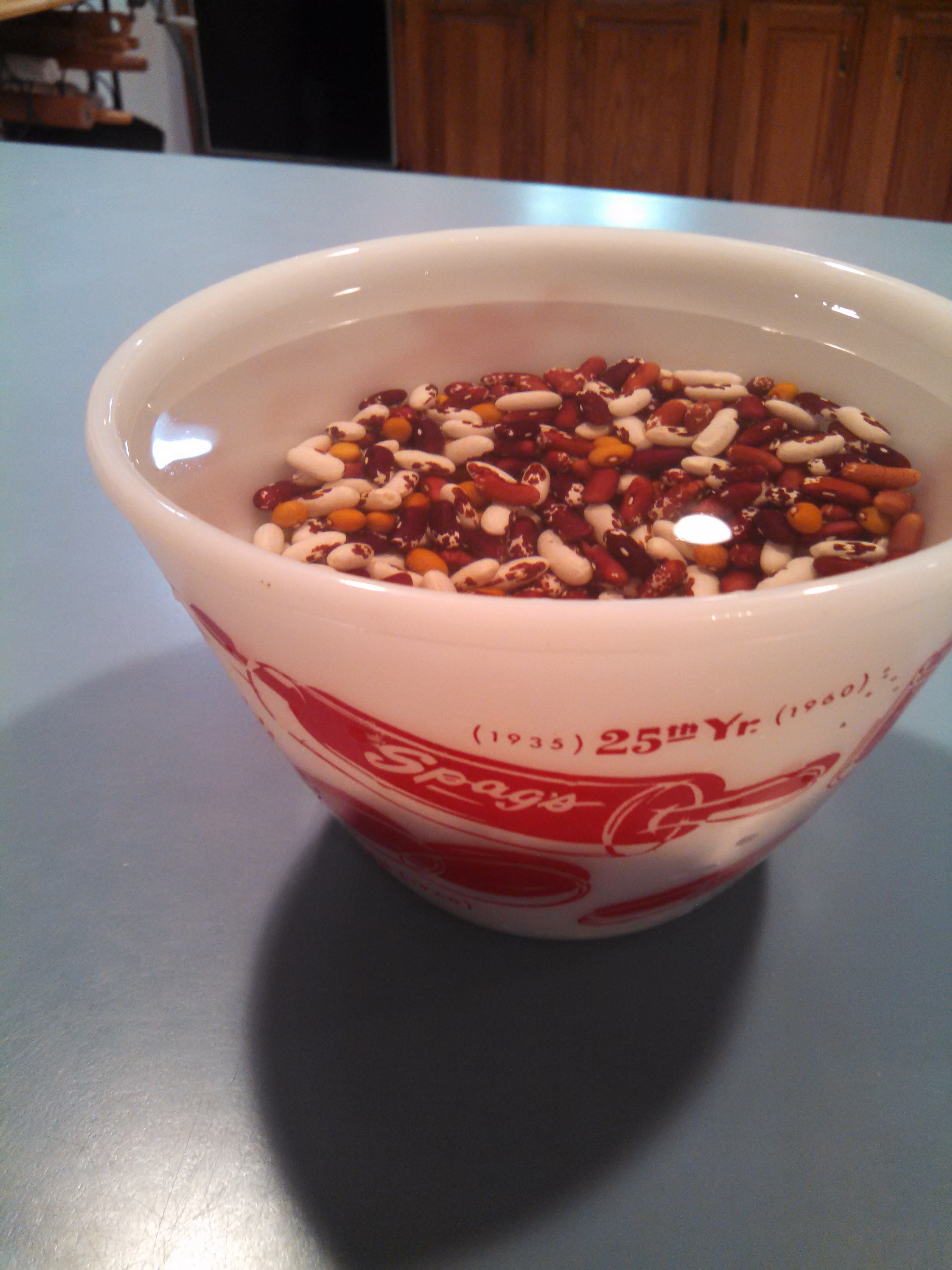
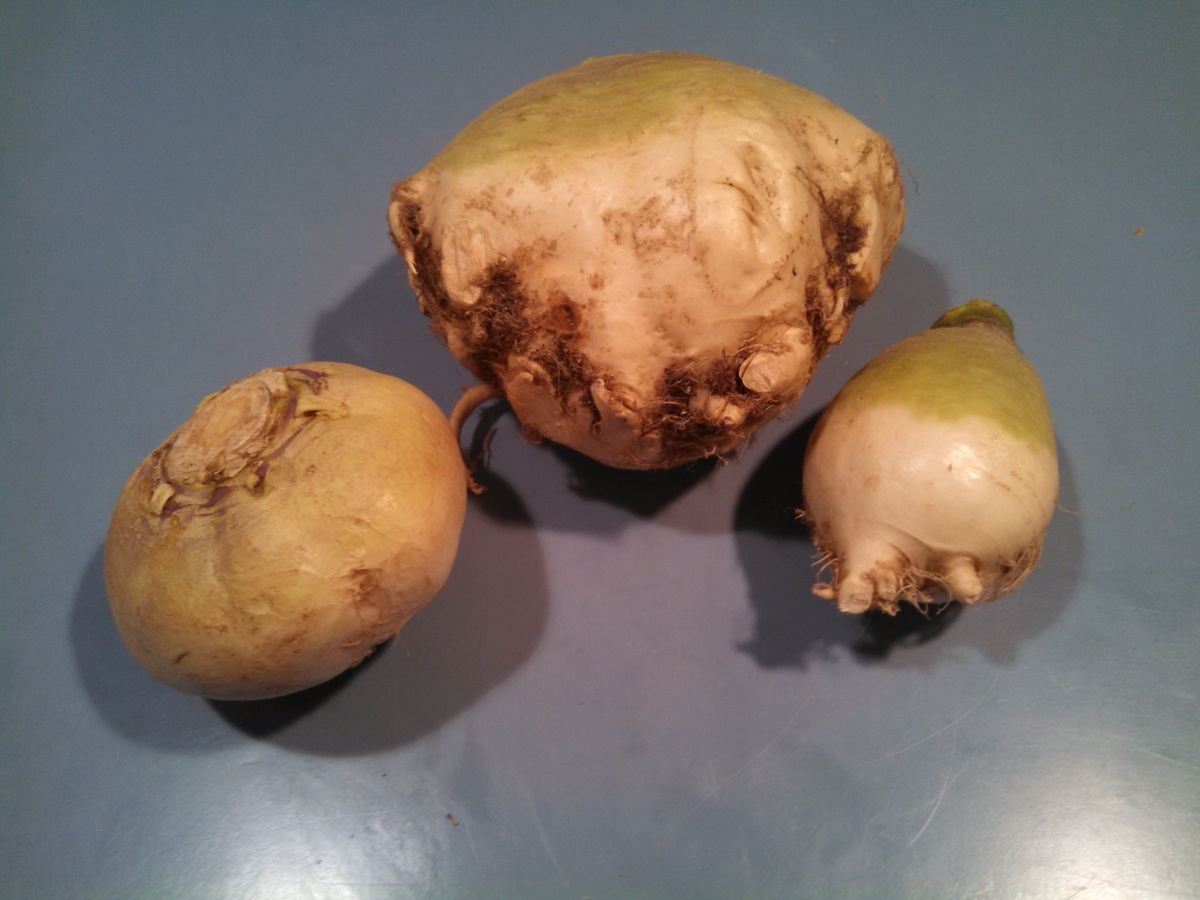

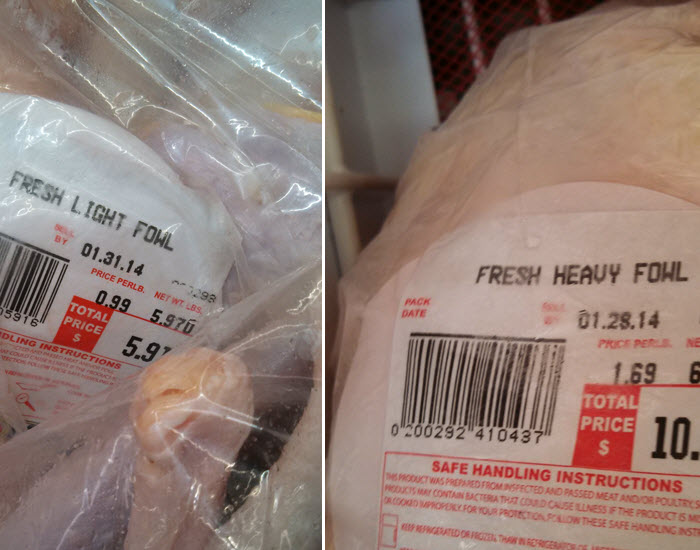 I was preparing a recipe that called for a fowl. That's not so unusual; fowl are tough old birds, stringier and better suited for the stockpot than for roasting or frying. Fowl are used instead of younger birds when flavor is important and tenderness is not.
I was preparing a recipe that called for a fowl. That's not so unusual; fowl are tough old birds, stringier and better suited for the stockpot than for roasting or frying. Fowl are used instead of younger birds when flavor is important and tenderness is not. 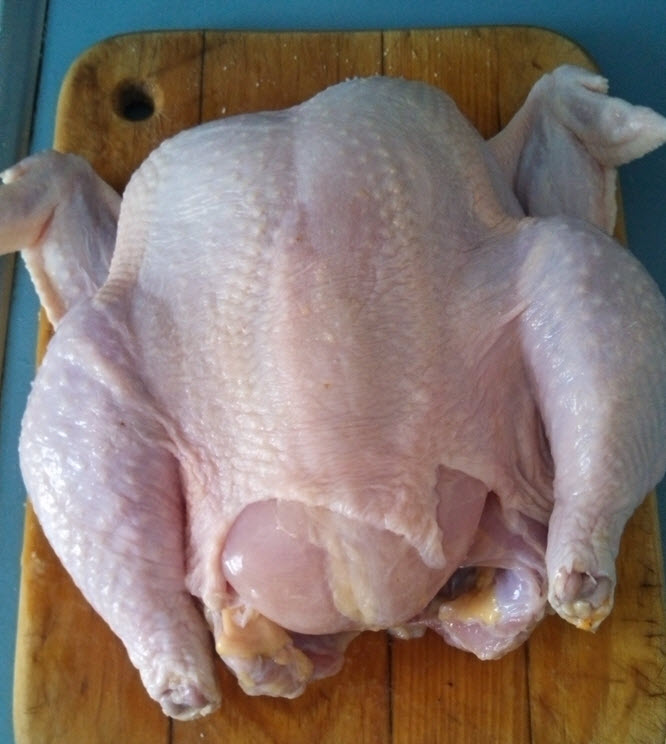 Chickens are raised for meat or for laying eggs, and the birds that are bred to be good at one are not so well suited for the other. Of course, the ones bred for meat come from eggs, too, but those eggs are laid by big meaty mamas.
Chickens are raised for meat or for laying eggs, and the birds that are bred to be good at one are not so well suited for the other. Of course, the ones bred for meat come from eggs, too, but those eggs are laid by big meaty mamas.